It has been quite some time since my last post.
Following a low depression in Arabia in late November that brought more than above average rainfall at this time of the year to the Region, some great birds were recorded in Kuwait.
The one species was a vagrant and a 1st for Kuwait that has accidental records in Morocco and Jordan and certainly one that was not expected to be found in Kuwait. It was discovered at the western oasis farm known as Al Abraq and then disappeared for a few days. I was fortunate to rediscover, not 1 but 2 birds together with Markus Craig when we visited the farm a couple of days after the bird was initially found. The two birds were Goldcrests (Regulus regulus) that we suspect may be of the eastern race, coatsi.
The second and definitely a more wanted bird by Western Palearctic standards was a male Eversmann’s Redstart (Phoenicurus erythronotus), the 10th for Kuwait andironically found on the same day as the Goldcrest. We held little hope of re-finding the bird when we visited a few days later, as traditionally they have been one or two-day birds in Kuwait. As luck would have it, we found it in an area of desert habitat and what a confiding and obliging bird it was, unlike the Black Redstarts which were a lot more skittish. We spent almost an hour soaking up the bird as it alternated between foraging on the ground and sitting inside the acacia trees.
A week later, we were back at Al Abraq to check if the two birds were still present – they werent. But, as this farm is literally a small island of green in the middle of the desert it is a veritable magnet for many a good bird and today didn’t disappoint either.First up was a pair of Common Chaffinch (Fringilla coelebs), not a rarity, but certainly uncommon and sporadically recorded and my first after 7-years of living in Kuwait.
However, it was the second bird that was a lot more exciting. Markus and I were driving slowly next to an Alfalfa field when a smallish pale bird flew up and landed some distance away – my initial reaction was a pale female Stonechat, but once I got my bins on the bird and saw the bill shape, striped crown and overall structure I knew it was a Cisticola. Only one species has been recorded in Kuwait, which is Zitting Cisticola (Cisticola juncidis). This was the 6th sighting of this species and as far as I know, the only photographic record we have of this species in Kuwait. Amazingly, the 5th record was from March 1990 which is 23-years ago!
The Goldcrest brought the Kuwait list to 399 species, so an intense search is on by all the birders for the milestone 400th species for Kuwait; lets hope it is a fitting bird for this title.
STOP PRESS # 1 – 03 Dec 2013:
Since this posting 2-days back, we did not find the 400th bird, but we did get another mega rarity in the form of a Taiga Flycatcher (Ficedula albicilla), only the 2nd record for Kuwait; it is difficult to tell (at least for me) if this is a female or a first-year bird.The first record was of a male in breeding plumage, recordedin the west of the countryAprilthis year. This bird was found by a visiting group of international birders at Sabriya Farm and I was able to get out late yesterday in gloomy and overcast conditions and eventually find it together with another local birder Humoud. Not great images, but for sure a great record.
STOP PRESS # 2 – 06 Dec 2013:
Since this posting about the Taiga Fly on 03 Dec, a real Mega hit the Kuwait shores on 06 Dec 2013 and was found by one of the members of a visiting bird group late in the afternoon at Jahra Pools Reserve. Due to poor light, it was initially thought to be a Plain Martin, but once the few images that were taken were checked, a different species emerged.
Streak-throated Swallow (Petrochelidon fluvicola) is a vagrant from India and Pakistan and there is no real explanation as to how it has turned up in Kuwait, however there are records for UAE, Oman and Egypt. If you prescribe to the BWP Cramp and Simmons 1977 definition of the Western Palearctic, then this is only the second record for the WP!
As it was seen late in the afternoon, I surmised that it would probably roost with some of the other Hirundines at the Reserve and based on this I was the first at the gates of JPR early on the 07 Dec 2013 with feelings of anticipation, excitement and a hint of dread as vagrants are not always predictable.
However luck was on my side and soon after sunrise the Hirundines that had roosted for the night took to the sky above the main pool, first the Barn Swallows, then Sand Martins and these were joined by a large number of Pallid Swifts. A bit of frantic scanning through the swirling flock finally produced a smaller swallow with a pale rump and rufous cap – it was still here! I soaked it up through the bins and then came the challenge of trying to get some half decent images of this diminutive that was never predictable in flight, I was more than happy with the results considering I was hand-holding and swinging 800mm of glass.
Michael Pope
A South African ex-pat who currently resides in Kuwait with his family since October 2006 and maintains a full time job as an IT Project Manager delivering and implementing projects in Kuwait and the GCC. An avid naturalist with an interest in wildlife and conservation that started early in his schooling when he was selected to spend a week in Londolozi Game Reserve learning about Conservation and Game Ranger principals. That week had a profound impact, the seed was sown and a passion for birds, photography, wildlife, biodiversity and conservation was instilled. He has travelled and explored the length and breadth of South and Southern Africa in search of birds, Aside from birds, he photographs landscapes, mammals, reptiles and just about any living creature he can get in front of his lens. Since arriving in Kuwait has also explored many other countries expanding his list and knowledge. In Kuwait his passion for birding, photography and highlighting the need for conservation and protection of migratory birds has continued and this is showcased on his Kuwait Birding Blog http://kuwaitbirding.blogspot.com/) . In early 2008 he was proposed as and still is Chairman of Kuwait Ornithological Records Committee. However, a personal achievement of his birding tenure in Kuwait is Co-editor for the milestone publication of “Birds of Kuwait – A Comprehensive Visual Guide” in collaboration with BioDiversity East and KUFPEC.
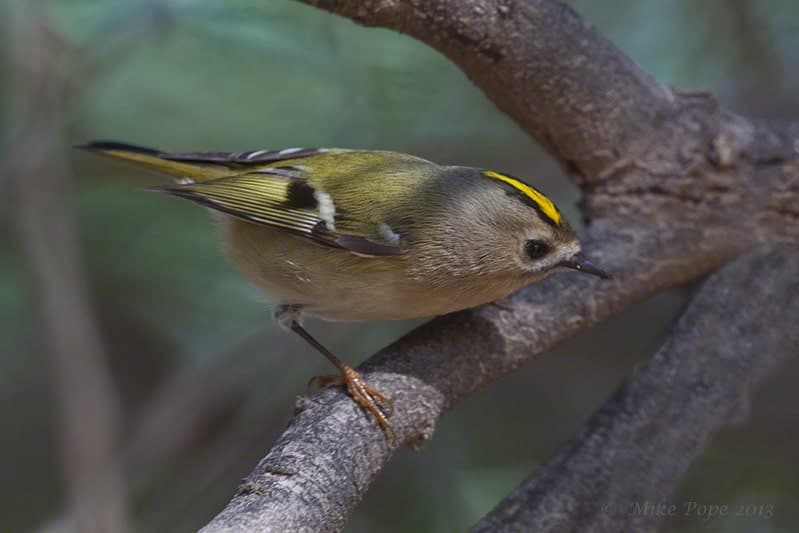
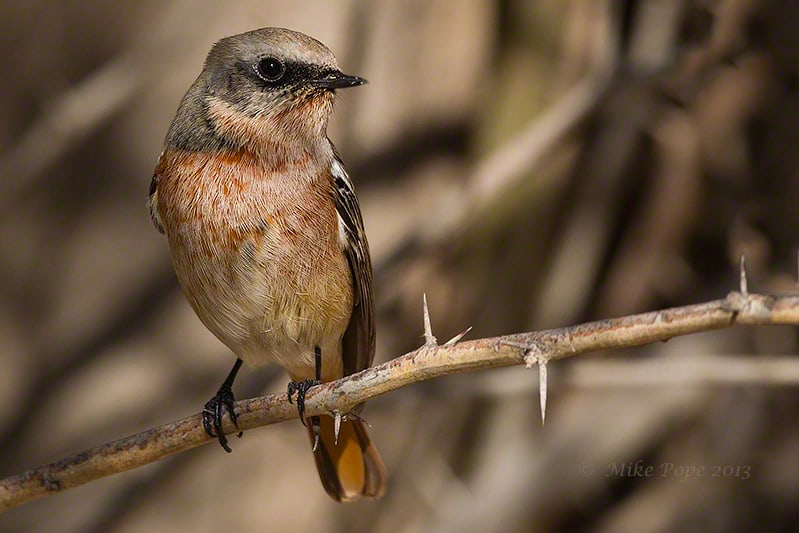
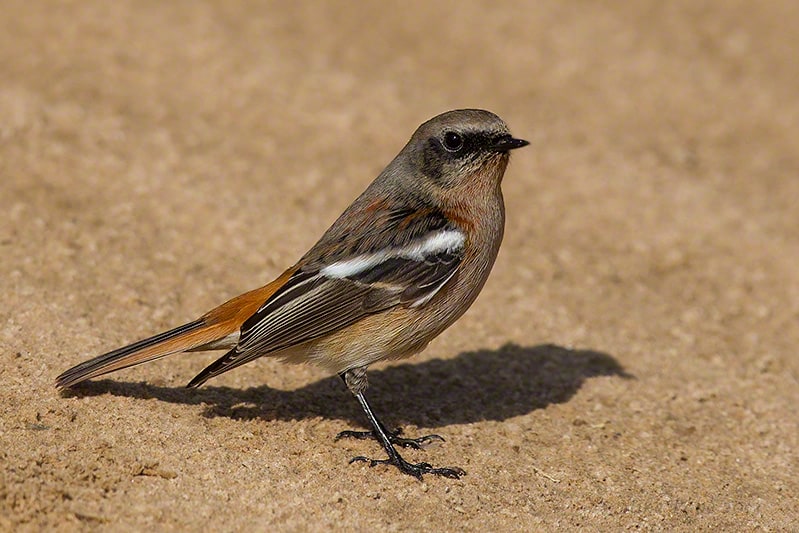
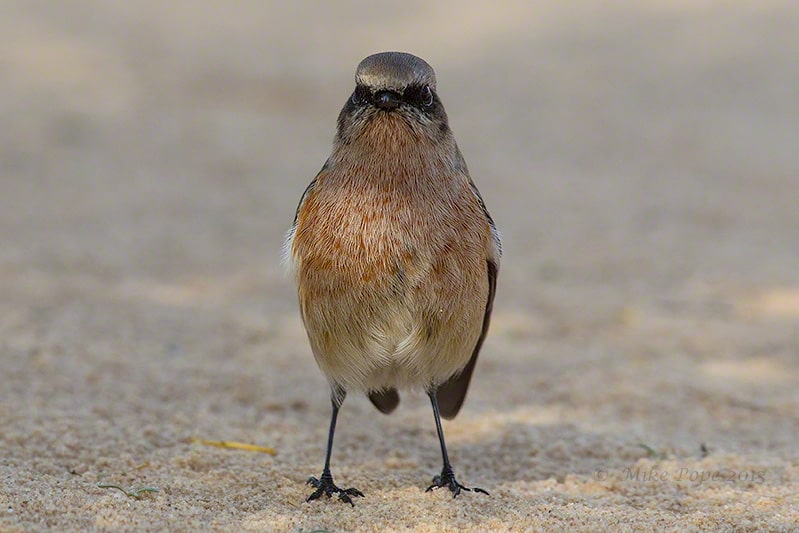
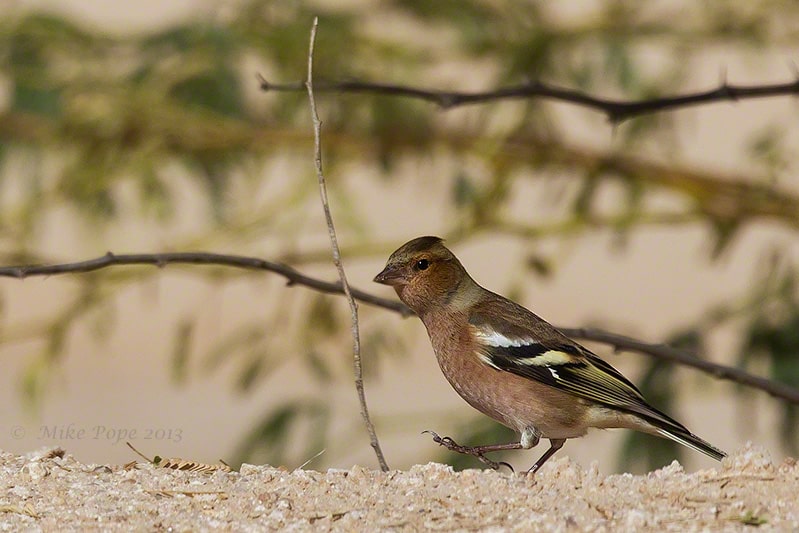

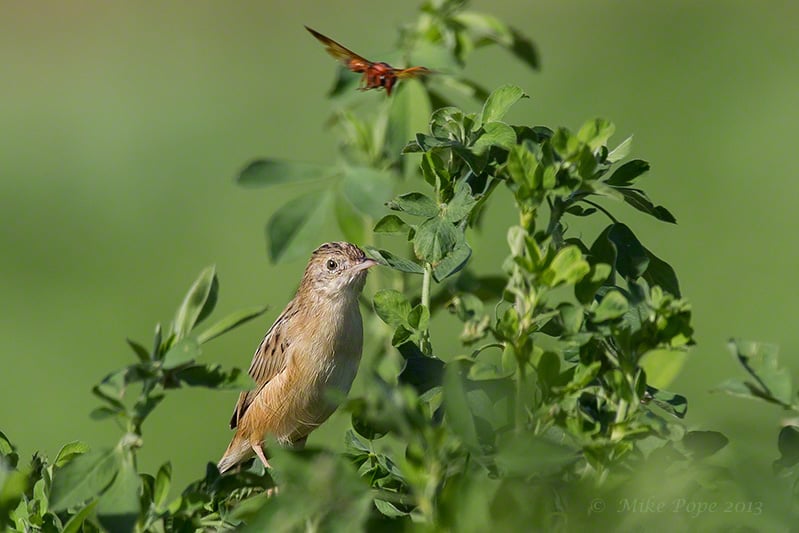
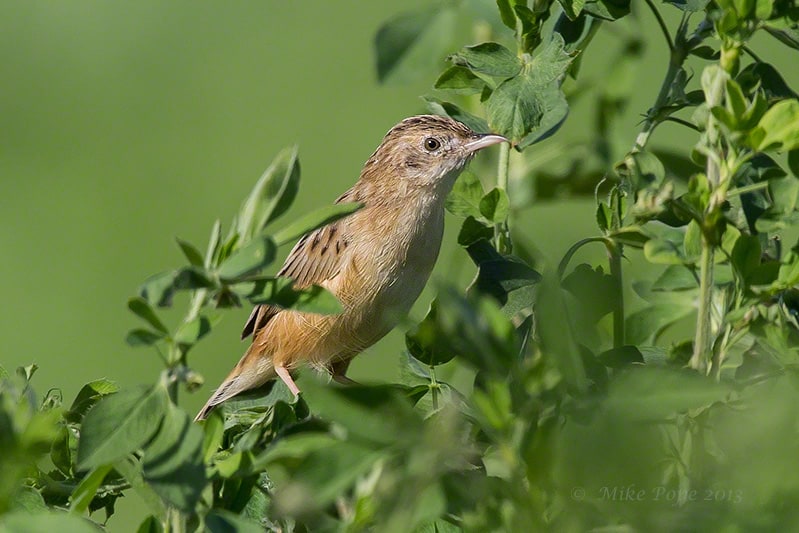
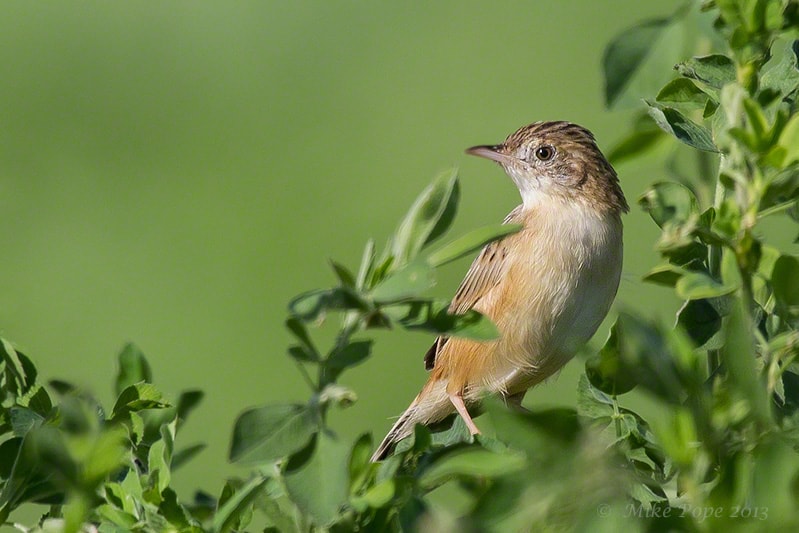
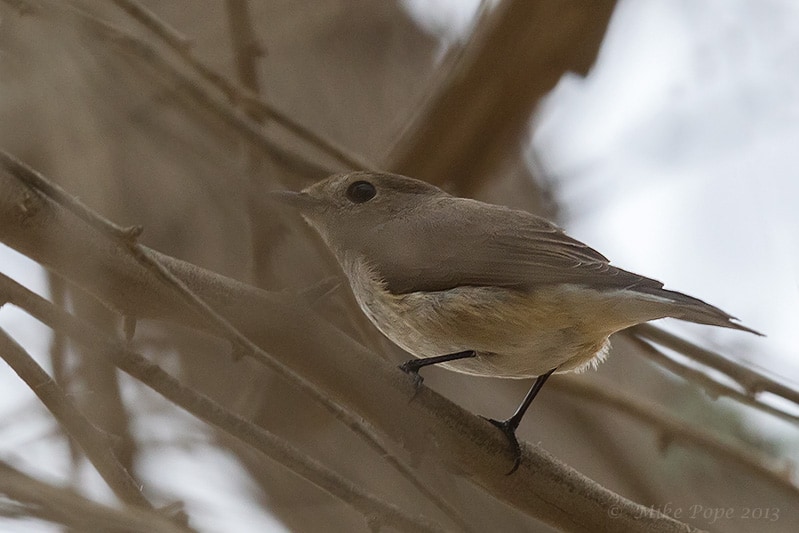
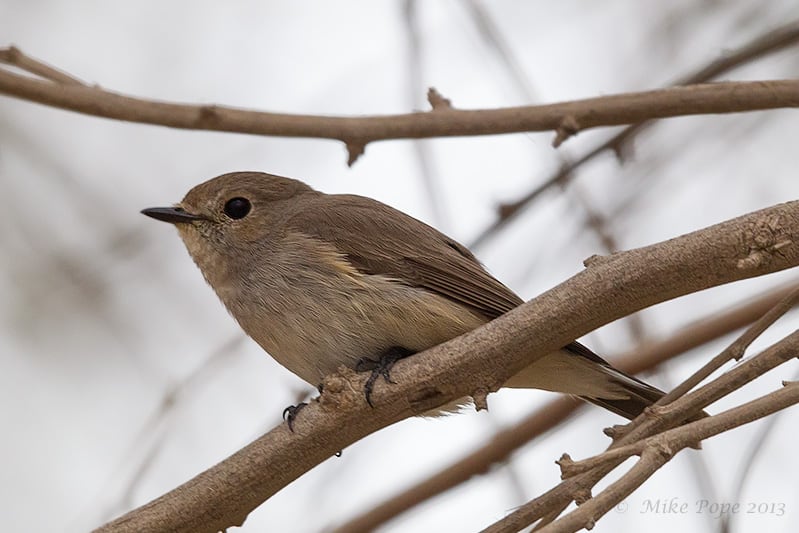
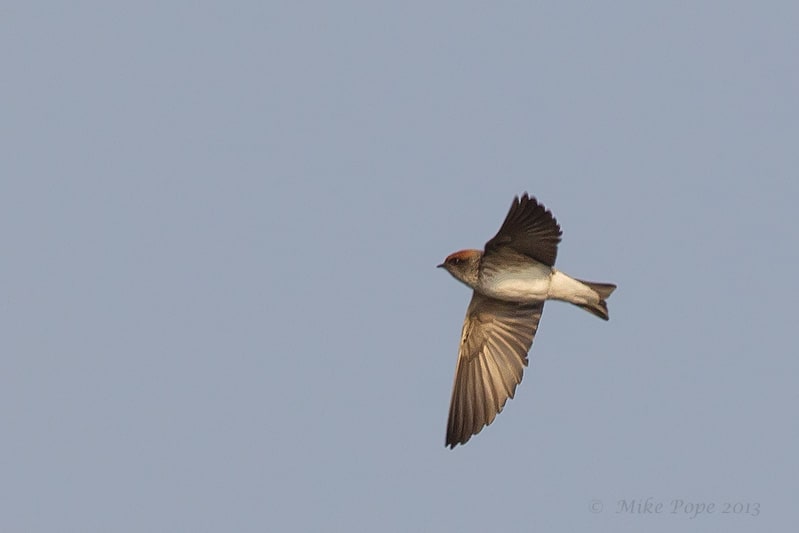

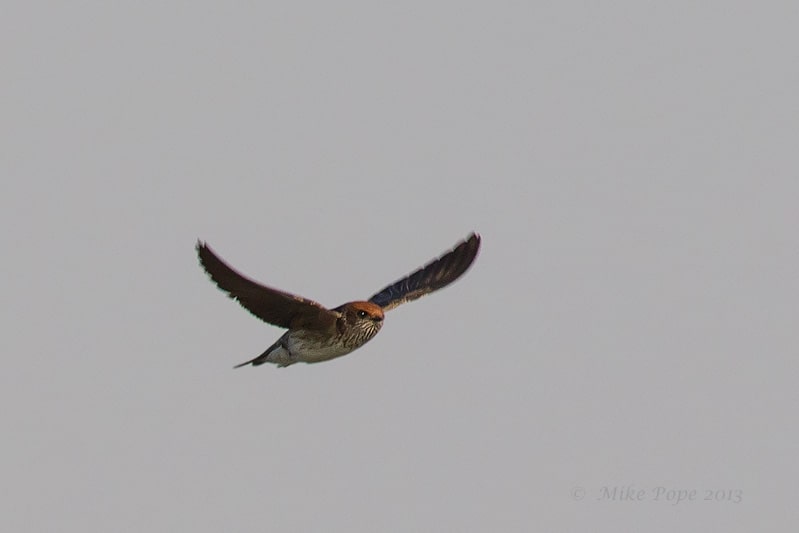
Leave a Reply